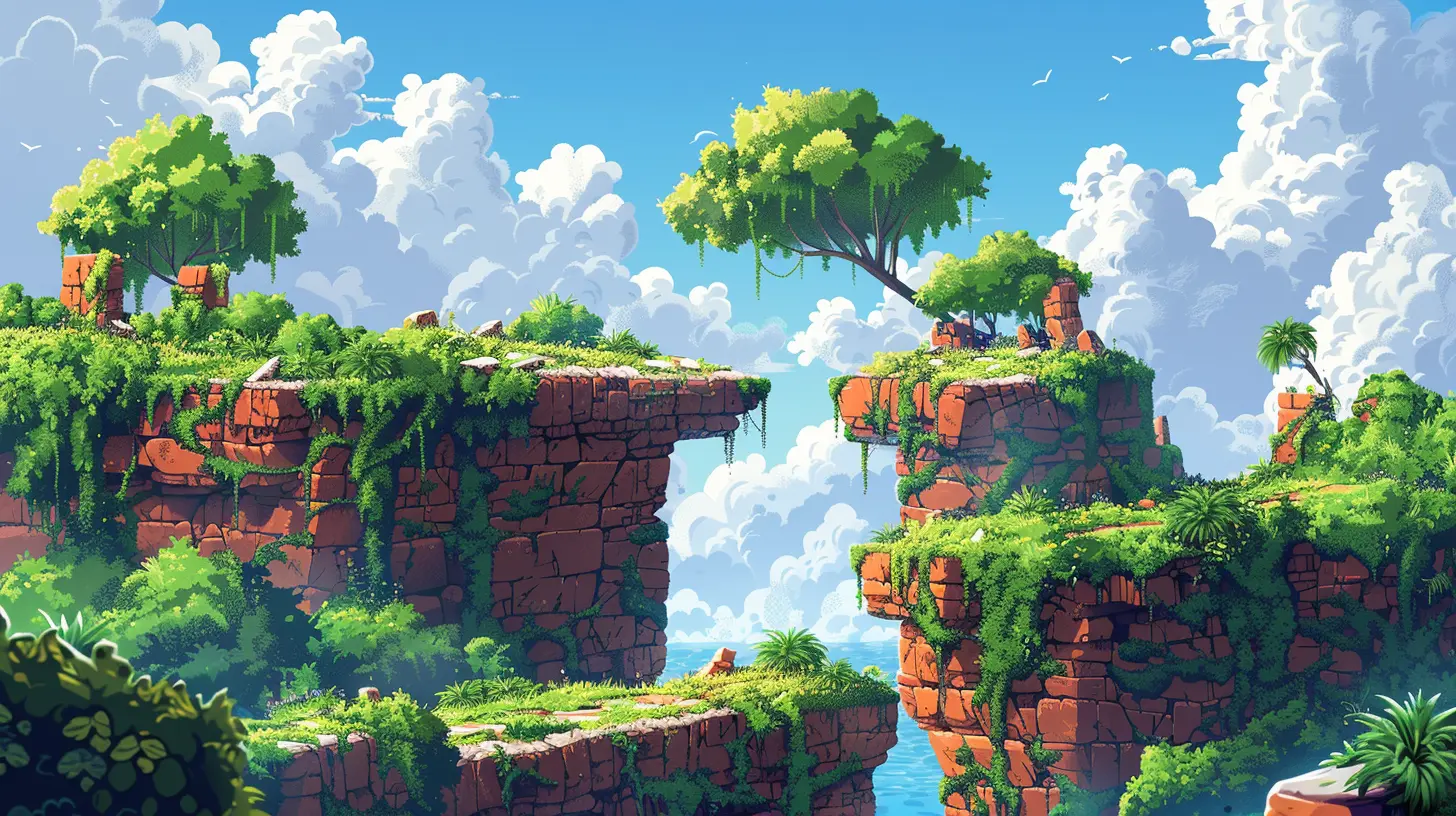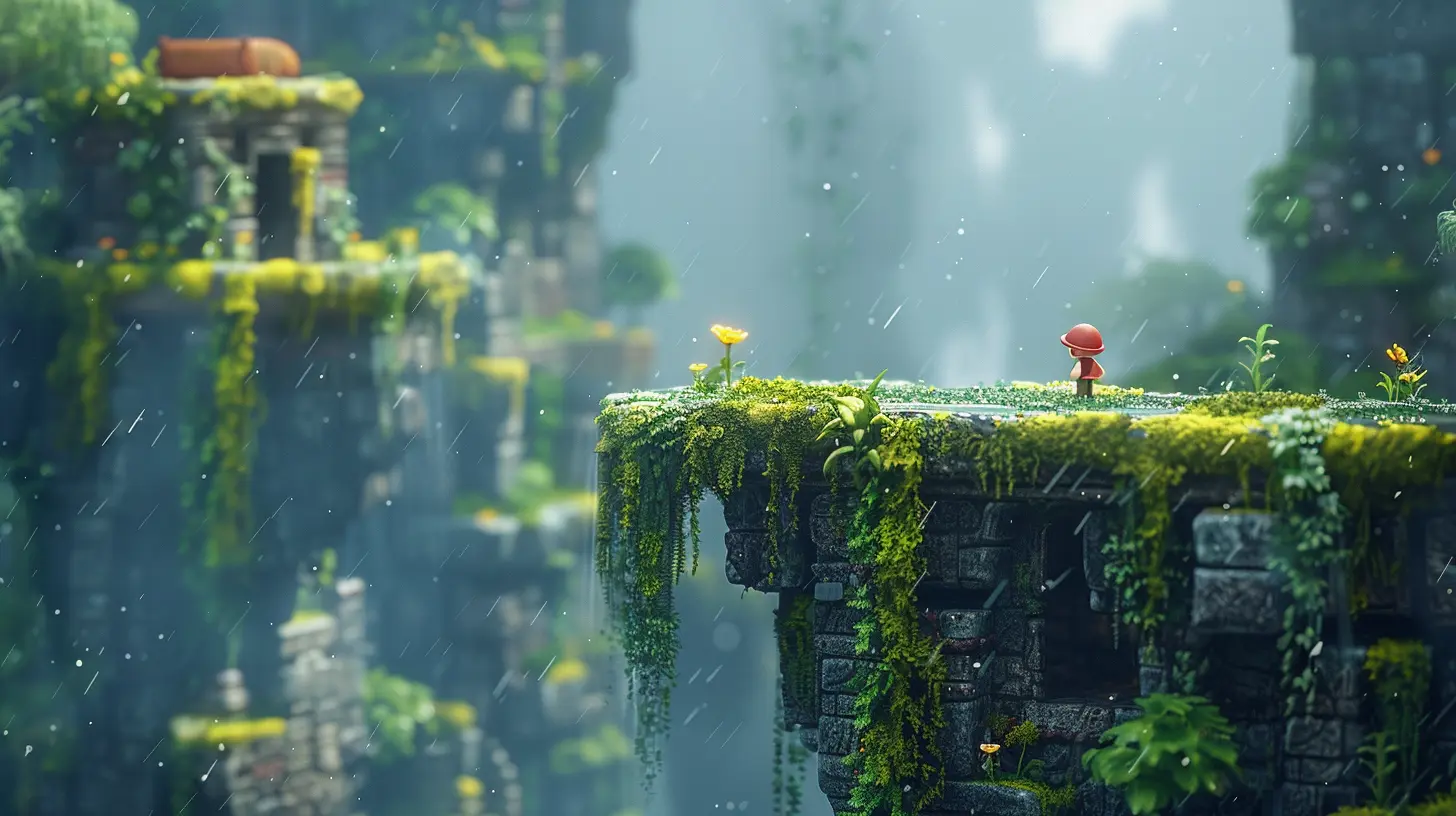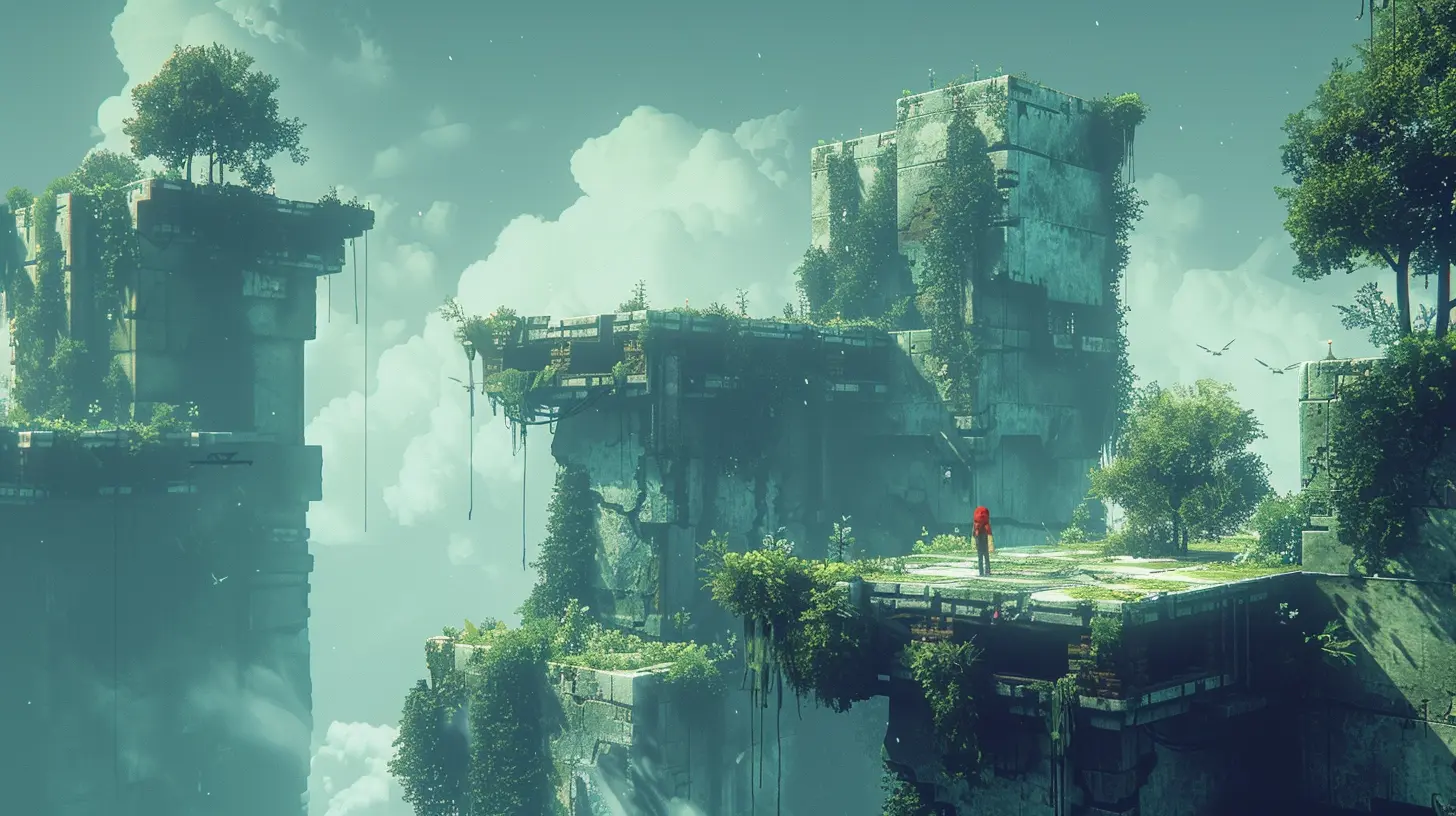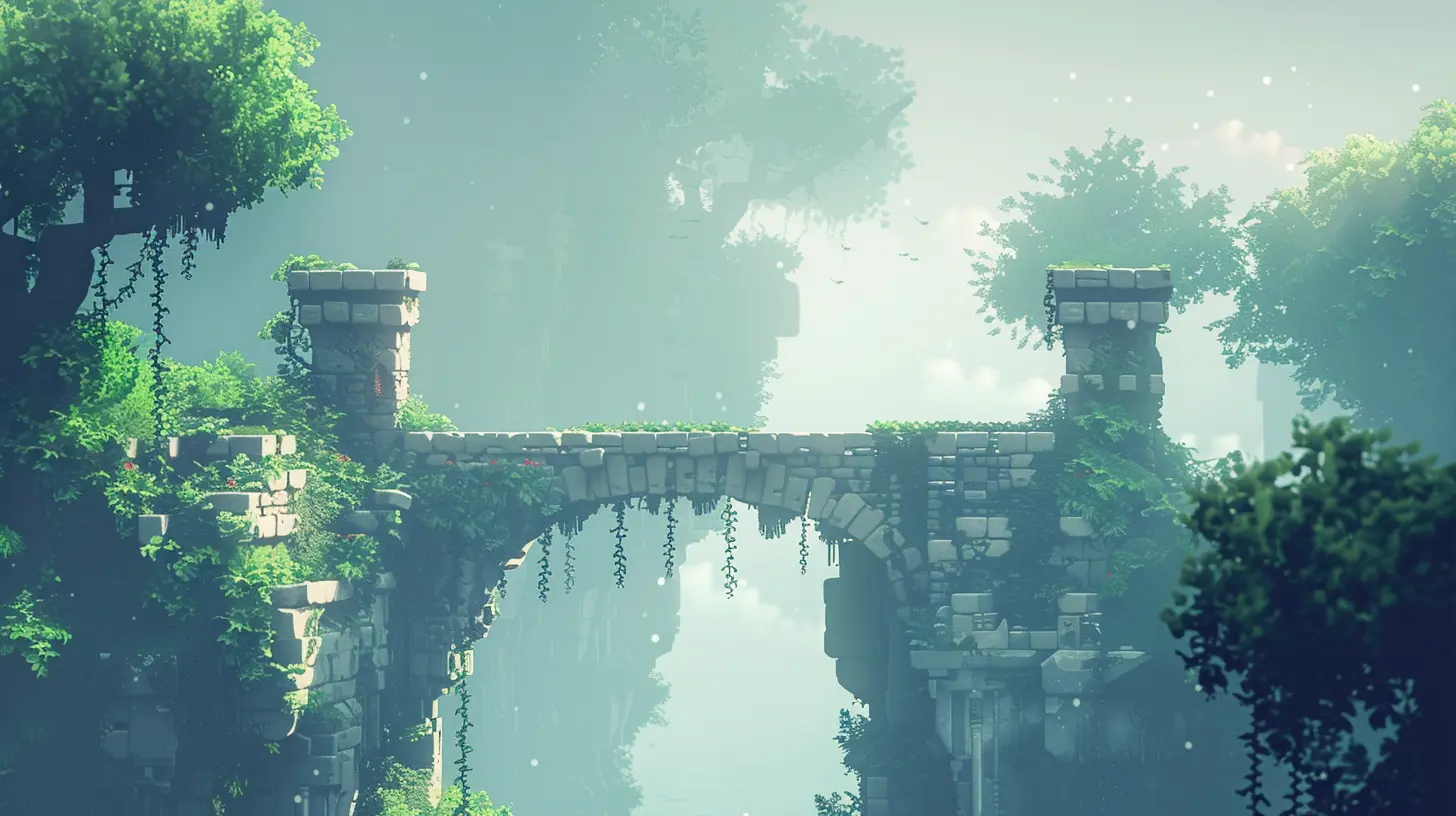How Level Design Shapes Player Experience in Platformer Games
7 July 2025
When you think about a phenomenal platformer game, what comes to mind? Is it the buttery-smooth controls, the quirky characters, or maybe the vibrant art style? While all these are crucial pieces of the puzzle, there’s one fundamental element that often works behind the scenes: level design. A well-designed level isn’t just a background for your character to run, jump, and climb—it’s a silent storyteller shaping the player's entire experience. Let’s dive into how level design plays puppet master in platformer games and why it’s the unsung hero of the genre.
What Is Level Design in Platformer Games?
At its core, level design is the process of creating the stages or environments where the player interacts. It’s not just about placing platforms, enemies, and collectibles randomly on the screen. Oh no! It’s much more intricate than that. Good level design is essentially a dialogue between the designer and the player. It teaches you the rules of the game, challenges you, rewards you, and, sometimes, trolls you when you least expect it.Think of level design as the stage in a theater production. Without proper lighting, thoughtful placement of props, and clear pathways, the actors (or players, in this case) would feel lost. The same goes for games. A poorly designed level can turn a potential masterpiece into a frustrating mess. But when done right? It can elevate a game into legendary status—think Super Mario Bros., Celeste, or Hollow Knight.
The Role of Level Design in Player Experience
So, why is level design such a big deal? Because it literally shapes how we feel about a game. It’s the difference between experiencing pure joy or yeeting your controller across the room.1. Guiding Player Flow
Ever notice how some platformer games subtly guide you without explicitly holding your hand? That’s the magic of good level design. Designers use visual cues like coins, arrows, or lighting to nudge you in the right direction. For instance, in Super Mario Bros., those floating rows of coins aren’t just shiny distractions—they’re breadcrumbs guiding you to the next safe jump.But it’s not just about the visuals. Level design can also use pacing to push players into a flow state. The early stages might feel like a gentle downhill bike ride, teaching you the ropes. Then, as you progress, things ramp up, throwing more complex challenges your way, keeping you engaged without making you feel overwhelmed. It’s like riding a rollercoaster, where each twist and turn builds thrill and excitement.
2. Encouraging Exploration
Platformers like Hollow Knight or Ori and the Blind Forest thrive on exploration. Their levels are structured like puzzles within puzzles, urging you to poke around every corner to find hidden treasures or secret paths. A good level design rewards curiosity while subtly breadcrumbing the player. You might stumble upon a new area because you noticed a suspicious crack in the wall or an out-of-place platform in the distance.This kind of design isn’t slapdash—it’s intentional. It makes players feel smart for discovering something on their own, which fosters a sense of accomplishment. The best levels strike a balance between guiding exploration and letting players feel like they’re forging their path.
3. Building Emotional Context
Believe it or not, level design can stir emotions too. In the indie gem Celeste, the levels are more than just obstacle courses. They reflect the protagonist’s internal struggles. As the game gets harder, the design reflects her mental and emotional state, creating a deep connection between the player and the character. That’s storytelling through level design!Or take Donkey Kong Country: Tropical Freeze. Each world has a distinct theme, like an underwater paradise or a windswept savanna. The environments you traverse and the challenges you face reinforce the game’s tone, whether it’s tension, wonder, or celebration.
Key Elements of Exceptional Level Design in Platformer Games
What separates a meh level from a masterpiece? A combination of artistry, psychology, and mechanics. Let’s break it down:1. Smooth Onboarding
The first few levels in any platformer are critical. They act as an unspoken tutorial, setting the tone and teaching you the basics. A perfect example? The first stage of Super Mario Bros.. Without a single line of text, it teaches you that hitting question blocks gives rewards, Goombas are bad news, and pipes might hide secrets. Smooth onboarding makes the game feel approachable, even for newbies.2. Elegant Difficulty Curve
Nobody likes a difficulty spike that feels like hitting a wall. Great level design eases you into challenges, introducing mechanics one at a time before combining them in increasingly complex ways. It’s like learning to juggle—you start with one ball, then two, and eventually work your way up to five flaming chainsaws (figuratively speaking).That’s why games like Celeste shine. Each level builds on what you’ve already learned, giving you just enough to chew on without making you rage-quit. And when you finally nail that tricky section? Pure euphoria.
3. Replayability
Ever finished a game and immediately wanted to dive back in? That’s often thanks to killer level design. Whether it’s hidden collectibles, alternate paths, or time trials, good levels give you reasons to return. Take Rayman Legends, where each stage is packed with secrets and challenges that cater to both casual players and completionists. It's a playground designed to keep you coming back.4. Creating “Aha!” Moments
You know that feeling when things just click? Like figuring out a tricky puzzle or nailing a challenging sequence on your first try? Those “aha!” moments are golden, and they’re often the result of meticulous level design. Maybe the designer placed a subtle visual clue you didn’t even realize you noticed, or they introduced a mechanic earlier that prepared you for this exact situation. It’s all about giving players the tools to succeed without spoon-feeding them.
The Challenges of Level Design in Modern Platformers
Designing levels isn’t all fun and games (pun intended). It comes with its own set of challenges, especially in today’s gaming world.1. Balancing Accessibility and Complexity
Game designers need to cater to a wide audience—from casual gamers who just want to vibe to hardcore speedrunners gunning for world records. Striking the right balance between “easy to pick up” and “hard to master” is no small feat.2. Preventing Repetition
Platformers, by nature, are mechanically repetitive. You jump, you run, you bop enemies. But repetitive gameplay doesn’t have to mean repetitive levels. Designers tackle this by introducing fresh mechanics or themes as you progress. For example, Celeste constantly switches things up with wind, moving platforms, and dream blocks that teleport you.3. The Rise of User-Generated Content
Games like Super Mario Maker have flipped the script, giving players the tools to create their own levels. This is both exciting and daunting for designers. Now they’re not just creating levels but also setting the blueprint for the community to follow (or break). How do you keep your levels inspiring enough without being overshadowed by someone’s wild custom masterpiece? That’s the dilemma.Why Level Design Matters More Than Ever
We’re living in a golden age of indie platformers. Thanks to tools like Unity and Unreal Engine, small teams and even solo developers can craft intricate experiences that rival big-budget games. This has turned the spotlight on level design. With tighter competition, a game’s level design can make or break its success.In a world where players can hop from one game to another with a few clicks, first impressions matter. A well-designed level hooks players from the get-go, keeping them engaged and eager for more. And let’s be honest—there’s nothing more satisfying than conquering a brilliantly designed challenge. It’s why we keep coming back for “just one more try.”
Wrapping It Up
Level design isn’t just about throwing some platforms together and calling it a day—it’s an art form. It’s the silent architect that shapes how we experience a game, whether we’re laughing, sweating, or crying (sometimes all three). From guiding player flow to creating emotional resonance, great level design is the backbone of any standout platformer. So, next time you’re leaping over lava pits or scaling a towering mountain in your favorite game, take a moment to appreciate the craftsmanship that made it all possible.all images in this post were generated using AI tools
Category:
Platformer GamesAuthor:

Tayla Warner
Discussion
rate this article
2 comments
Aleta McGonagle
I'm fascinated by how level design can evoke different emotions and challenge players in platformers! What specific design elements do you think most significantly impact player engagement? Are there any standout examples where innovative level design transformed a game's overall experience? Looking forward to hearing more insights!
October 9, 2025 at 4:35 AM

Tayla Warner
Thank you for your comment! Key design elements that significantly impact player engagement include pacing, obstacles, and visual storytelling. A standout example is "Celeste," which uses its level design to enhance emotional storytelling and challenge players, creating a profound connection to the game's themes.
Opal McMillen
In pixelated realms where dreams take flight, Level design weaves magic, both day and night. With every jump and every fall, Players dance through challenges, answering the call. Crafted paths of wonder, where adventure ignites, Shaping our journey, igniting our sights.
July 14, 2025 at 5:02 AM

Tayla Warner
Thank you for your poetic insight! Level design truly is the heartbeat of platformer games, guiding players through immersive adventures and challenges.


